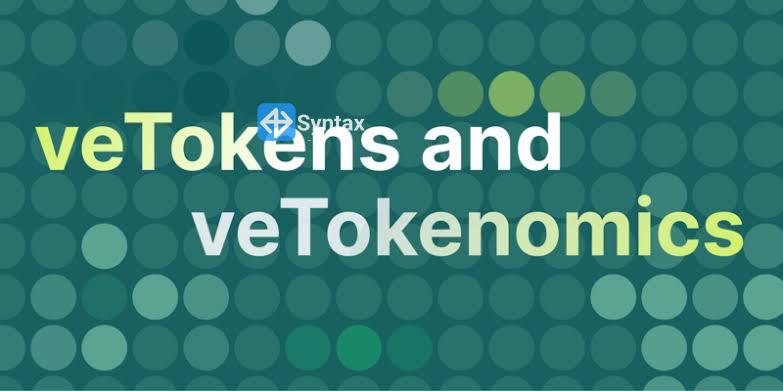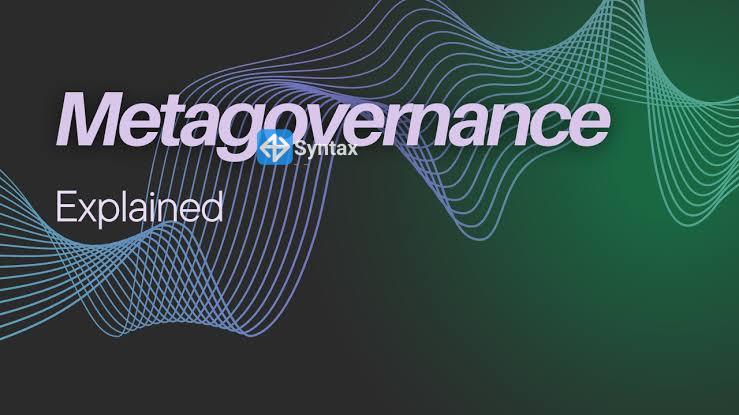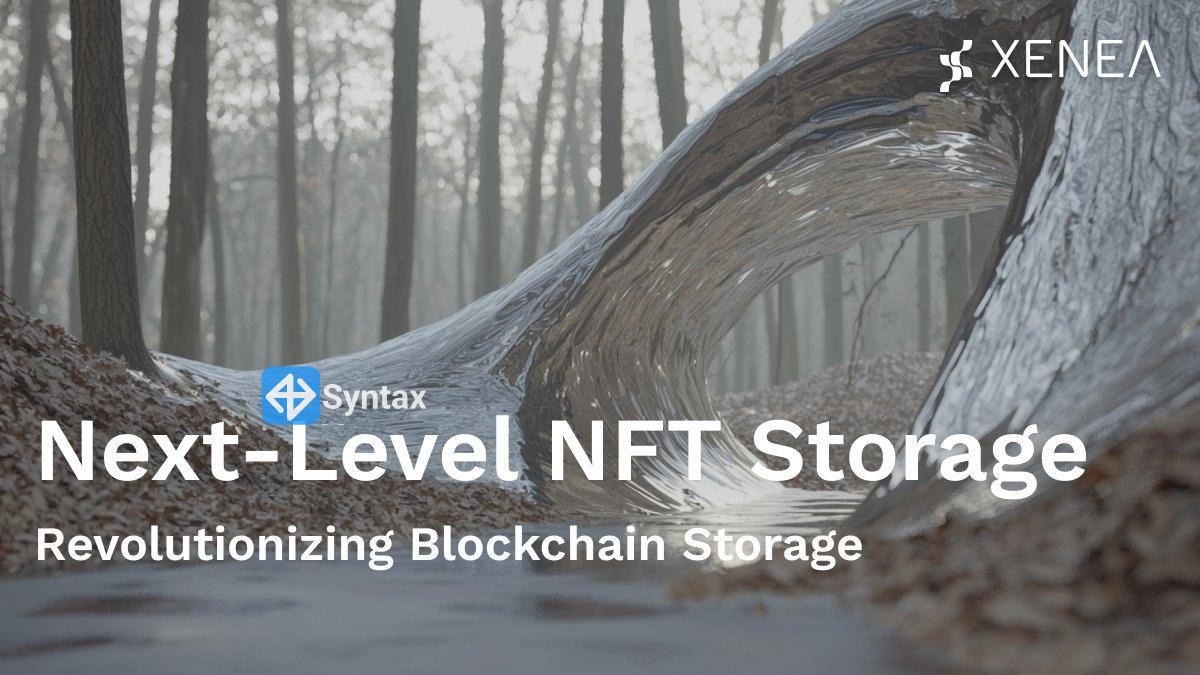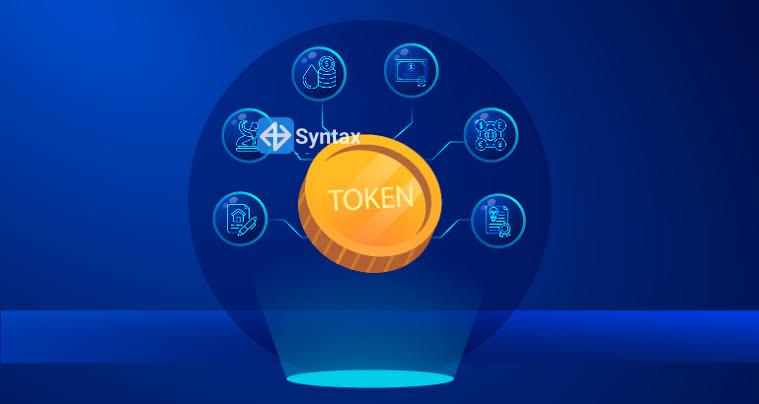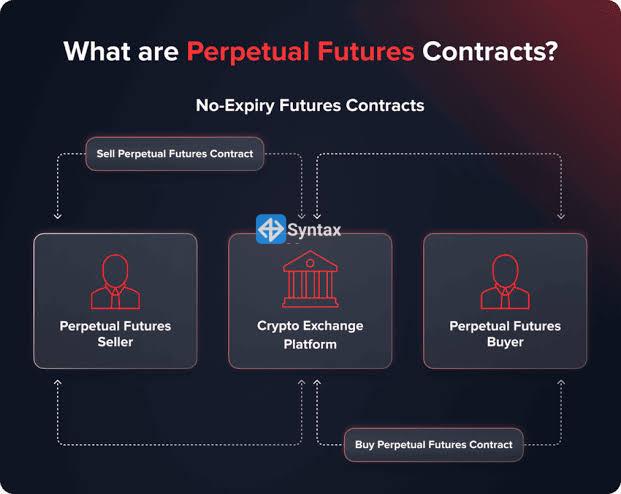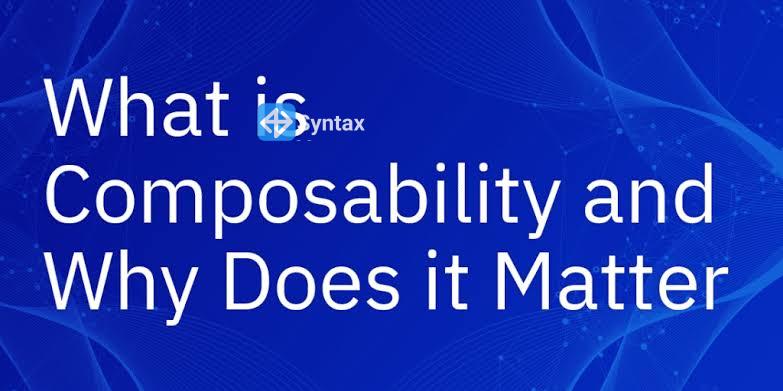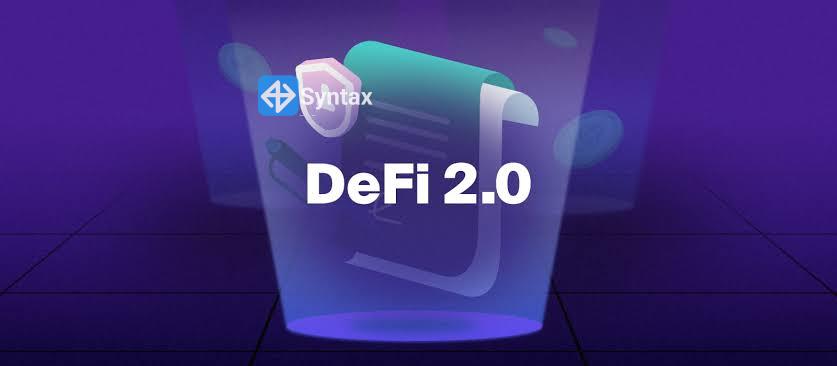Avatar interoperability refers to the ability to use the same digital avatar (your virtual representation) across multiple metaverse platforms, games, or virtual environments — without needing to recreate or redesign it for each one
🧑🚀 Why It's Important in the Metaverse:
- Consistent identity: You maintain your visual presence and reputation across platforms.
- Saves time & effort: No need to redesign or re-purchase the same outfits, skins, or features.
- Enhances immersion: Encourages a seamless experience between metaverses.
- Supports Web3 ownership: If your avatar assets (clothing, accessories) are NFTs, interoperability lets you truly "own" and carry them anywhere.
🧰 How It Works (or is trying to):
- Avatar standards: Platforms use shared standards like GLTF, VRM, or USDZ for 3D models.
Cross-platform avatar systems:
- Ready Player Me is a leading example — supports avatars in 1000+ apps and games.
- MetaHuman (by Unreal Engine) is used for high-fidelity avatars in games and VR.
- NFTs as wearable standards: Items like shoes or glasses are tokenized and can be worn on multiple avatars.
🚧 Challenges:
- Different graphics styles and engines (e.g., voxel vs. realistic).
- Platform limitations – not all worlds allow third-party avatars.
- No universal avatar standard yet, though efforts like Open Metaverse Alliance (OMA3) are working toward it.
🧿 Example:
You create a Ready Player Me avatar, connect your wallet, add NFT wearables, and then:
- Use it in Spatial for meetings,
- Jump into Somnium Space for exploration,
- Appear in VRChat for social interaction — all with the same avatar.


